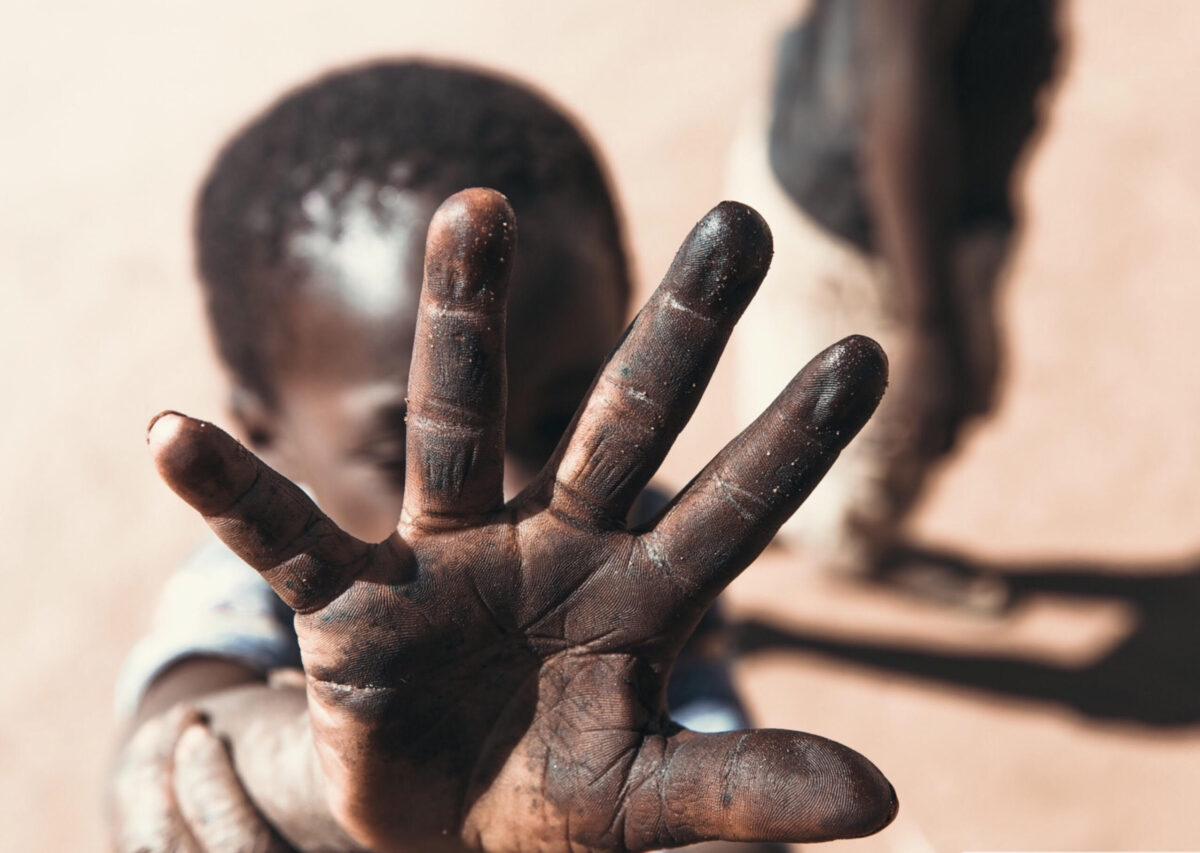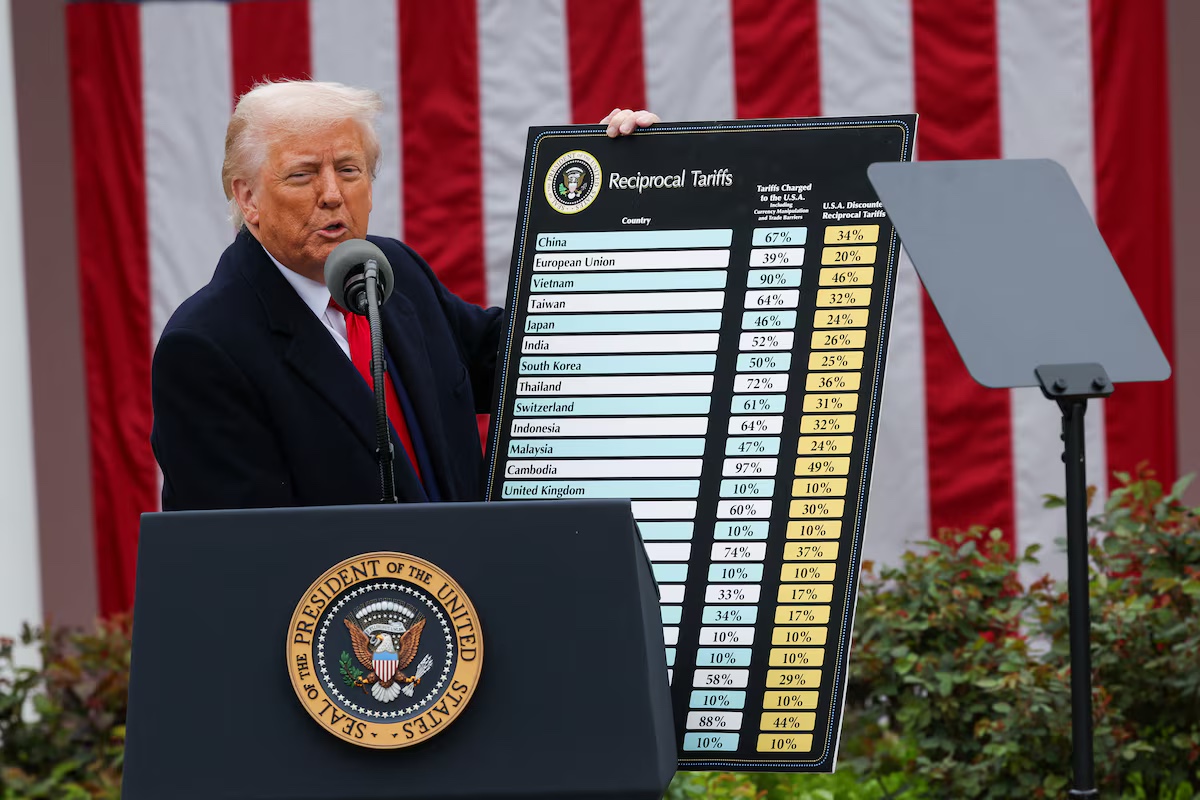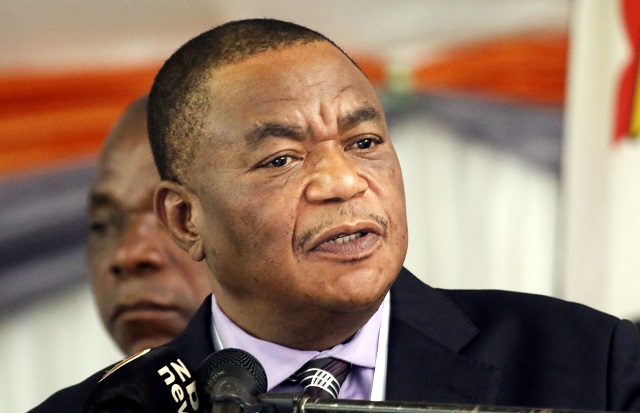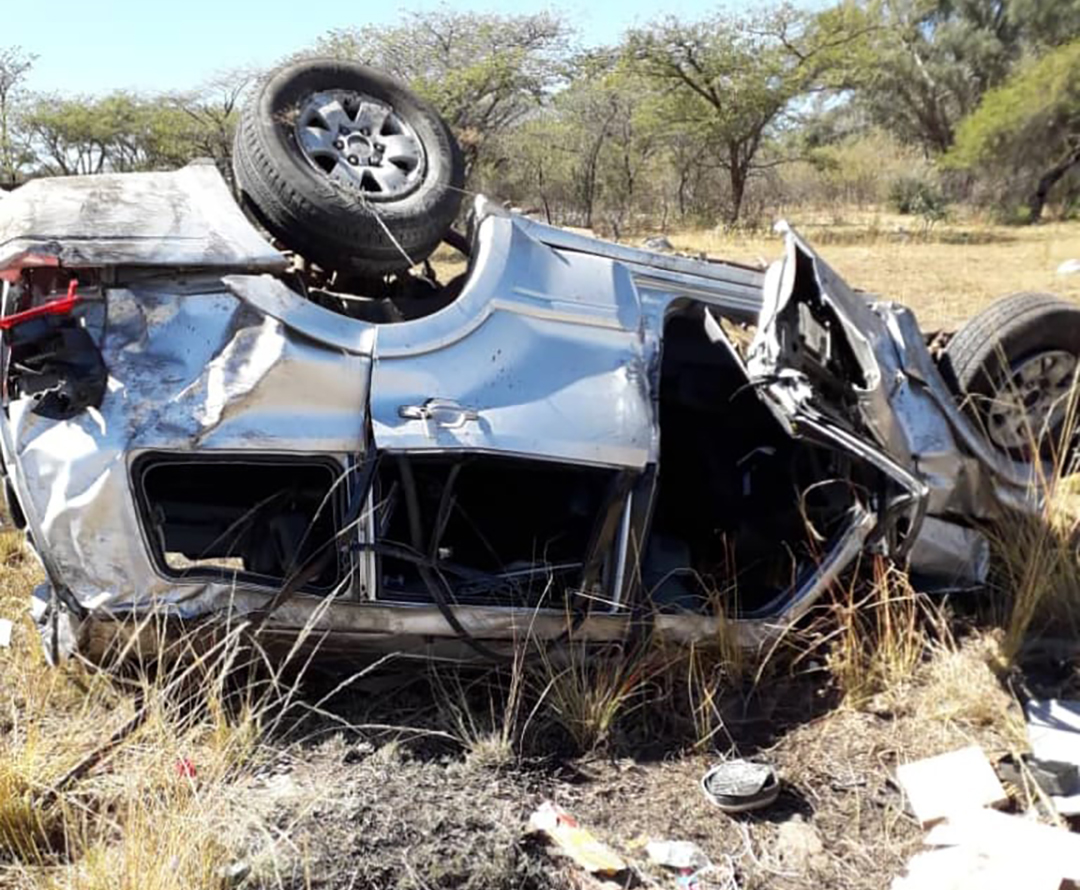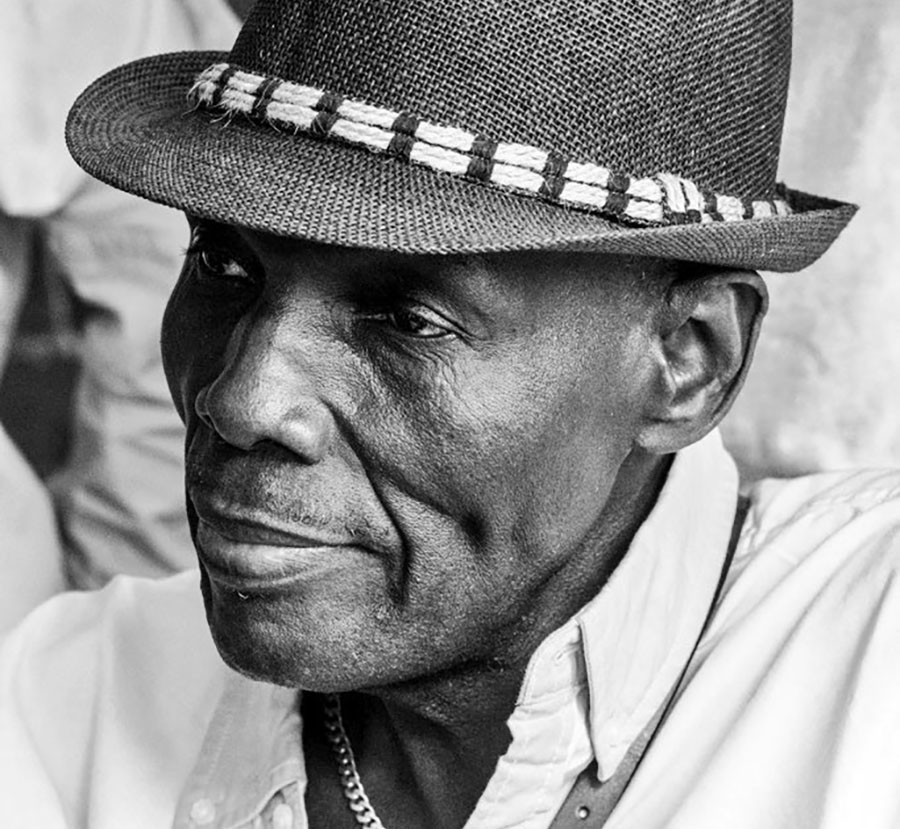HARARE – Zimbabwe is not doing enough to end the worst forms of child labour, the United States Department of Labour says in a new report.
Zimbabwe “is assessed as having made only minimal advancement because it implemented a practice that delays advancement to eliminate child labour,” according to the 2021 International Child Labour & Forced Labour Report.
“Children in Zimbabwe are subjected to the worst forms of child labour, including in commercial sexual exploitation, sometimes as a result of human trafficking. Children also experience forced labour in mines and on farms. Children also engage in child labour in agriculture, including in the harvesting of sugarcane and tobacco.”
The report notes that the National Assembly began consideration of amendments to the Labour Act, which would increase penalties for child labour violations. The government, with the United Nations, also launched an updated Sustainable Development Cooperation Assistance Framework, prioritising increased educational access and social protections for girls and other groups vulnerable to child labour.
But the southern African country failed to make progress by “implementing a practice that was detrimental to the prevention and elimination of the worst forms of child labour, by interfering with worker and civil society organisations’ efforts to address child labour… evidenced by a pattern of threats and intimidation of worker organisations and trade unionists.
“High-level officials within the government under the direction of Kazembe Kazembe, the minister of home affairs and the ruling Zanu PF party interfered with a delegation representing worker and civil society organisations to investigate concerns of child labour occurring at a commercial farm by sending party activists to the farm to threaten and intimidate the delegation,” it noted.
The authors of the report said the Zimbabwe government failed to disclose information on its labour and criminal law enforcement efforts for inclusion, but observed that “law enforcement agencies lack resources to enforce child labour laws.”
The report partly blames “deteriorating economic conditions” for heightening the likelihood of children being exposed to child labour, with “children living in border towns trafficked to South Africa, Mozambique, and Zambia where they become victims of commercial sexual exploitation and forced labour in domestic work.”
It adds: “Some families recruit rural children, especially orphans, to work in cities, often with promises of education or adoption. Such children are subject to domestic service or are forced to work in mining. Girls, as young as 11, are subjected to commercial sexual exploitation, particularly along major transit corridors and in mining areas.
“Children ages 8 to 17 work on tobacco farms, performing activities such as planting, weeding, harvesting, packing, and grading tobacco, tasks that often expose them to toxic chemicals and the effects of nicotine from handling tobacco leaves.
“Children also work on sugar plantations in the southeastern part of the country, where they wield dangerous tools and endure high temperatures. Moreover, children work at artisanal and small-scale gold-mining sites, where they face risks including collapsed mines and exposure to mercury, and in commercial sexual exploitation around mining areas.
“In some cases, armed criminal groups have lured children to mining sites with the promise of self-employment and then forced them to mine gold under the threat of physical harm or death.”
The report says following the advent of Covid-19, multiple civil society stakeholders observed greater numbers of children engaged in vending and brick-making.
The Education Amendment Act decrees children’s right to education regardless of race, nationality, or place of birth but “refugees and undocumented children who come to Zimbabwe from neighbouring countries, and children who otherwise lack birth certificates, face barriers to education because, beginning in Grade 7, children must present identity documents to sit for national exams.”
“Children, especially those in rural areas, often are not registered at birth because many Zimbabweans are unaware of birth registration requirements. In addition, impoverished parents sometimes leave their children under the care of other relatives, an arrangement that often complicates the process of obtaining a birth certificate because Zimbabwe requires the presence of at least one parent for birth registration,” the report observes.
“As a result of these barriers, children may drop out of school, increasing their vulnerability to child labour. In addition, poor school infrastructure, including lack of water and hygiene facilities, an insufficient number of teachers, and long travel distances to reach schools may contribute to higher dropout rates and vulnerability to child labour, particularly in rural areas.”
While crediting the government for “establishing laws and regulations related to child labour,” the report notes that there are “gaps in Zimbabwe’s legal framework to adequately protect children from the worst forms of child labour, including lack of criminal prohibitions against slavery.”
Zimbabwe has established the National Action Plan to Combat Child Labour. It promotes understanding of child labour issues, education assistance, poverty assistance through a cash transfer scheme, and health assistance.
But the report notes that “the scope of these programmes is insufficient to fully address the extent of the problem, especially child labour in agriculture, mining, and commercial sexual exploitation.”
“Research found problems with the distribution of social support benefits because structures within the ruling party control the allocation of food, allowances, seeds, and other forms of assistance, which may result in the exclusion of vulnerable families from assistance programmes.”
The Zimbabwe government is yet to respond to the findings.

